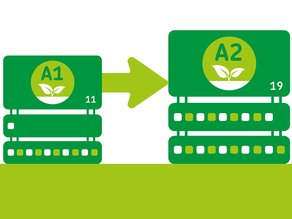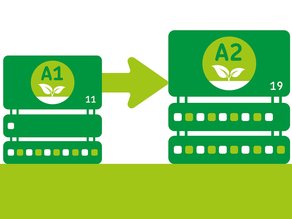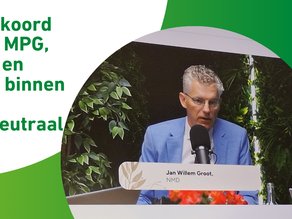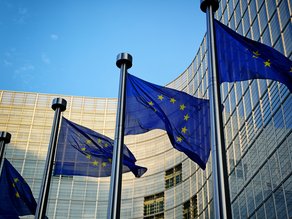Complete modular and circular facade system Ciskin now in National Environmental Database
An interview with Martijn Veerman, circular facades specialist at Alkondor.

Alkondor, De Groot and Visser and Wicona are always thinking about what people and buildings will need in the future. What products and business models fit these needs? So it came about that the concept of a lease facade had been working with TU Delft for some time when area developer AM asked a concrete question about it. Would it be possible to develop a “facade as a service” for the Bajeskwartier, owned by the State Property Company? It turned out to be the start of a super interesting development process, which resulted in the completely modular and circular facade system Ciskin. An interview with Martijn Veerman, specialist in circular facades at Alkondor.
Martijn Veerman had been employed by facade specialist Alkondor for about seven years and all those years already working on innovations and circularity, when AM specifically asked him to create a “facade as a service. The project involved the site of the Bijlmerbajes in Amsterdam. In the coming years, this area will get a completely different look and use. Of the six existing towers, five will be demolished. The sixth tower that will be retained will be transformed into a “green tower” with a vertical park and urban agriculture. Circularity is one of the core values of the new residential area created here: the Bajeskwartier.
Martijn: “Together with facade specialist De Groot en Visser and supplier of raw materials and semi-finished products Wicona, we sat down to think about the facade concept for the green residential tower. We have a match in DNA and ambition. So it was that the three of us got to work. All of us had already pioneered circularity, how could we make it more concrete together?”

Specialist circulaire gevels
Martijn Veerman
A process of trial and error
It became a development process that lasted more than two years, with the three companies even starting from scratch once. “You start such concept development with sketches. Gradually another lip is added there and another rubber there ... We went enormously far in the detailing. A layman would have looked at us and said: what are you fussing about? But for us it was really quite exciting. At a certain point, however, we realized that we couldn't go on like this. It was not workable, not mountable and not detachable the way we wanted it to be. And so then we started over after a year.”
What actually is circular?
What made it so complicated is that they had to develop a completely new facade system. “We knew, if we're going to do this as a service, we can't do it with standard facade systems. Standard facade systems use a lot of sealant, those systems are not dismountable. And that's what we wanted: truly circular also means 100% demountable.”
That was also an interesting discussion anyway, Martijn explains. Because what actually is circular?
Origin of raw materials
“We ended up starting from four product characteristics. Factor one has to do with the raw materials. Where do they come from? Ideally, they should be harvested from the built environment. This is not yet the case in the current version of the facade, but by now it could be 100%. Next year we will come up with an update in this.”

Detachability and reusability
“Factor two is the detachability and reusability. We felt that the facade should be able to be completely taken apart without damage, so that all the materials are reusable. We succeeded 100% of that.”
Modularity
“Factor three is modularity, or taking into account in the design a certain distribution of your façade grid so that you can prefabricate and reuse. This is very exciting for us commercially, because with this we are largely prescribing how the architect can design with the façade. In order to still allow the architect freedom of design, we came up with a unity in structure and base of the facade, in which different fillings are possible. Glass, a dense sandwich panel, a wooden front, a PV panel, the architect can come up with anything he wants. In addition, we use a 20-80 rule. 80% of the facade in standard, 20% can be customized with design freedom.”
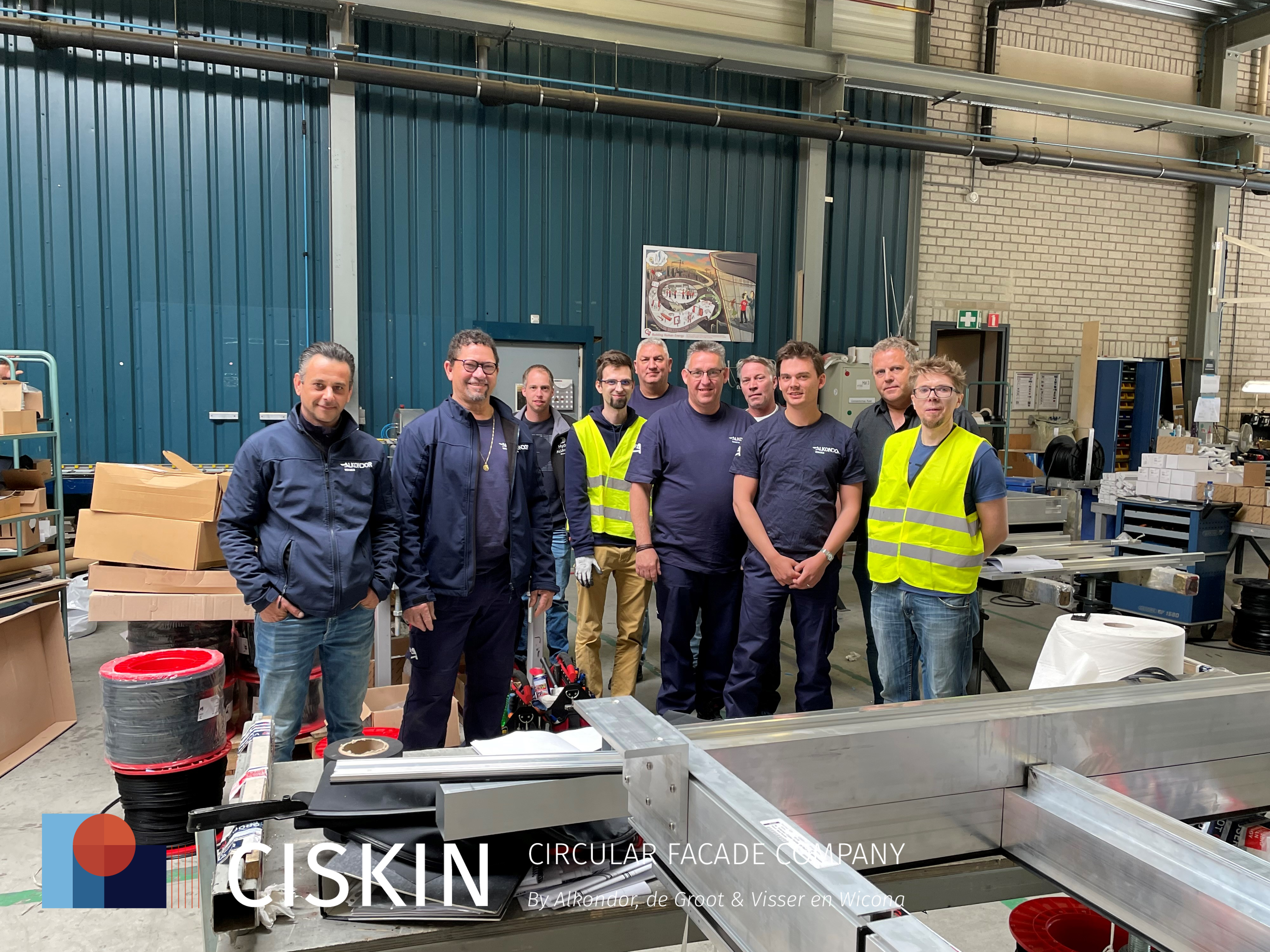
Producer Responsibility
“Factor four is producer responsibility. We take responsibility for maintenance and management and taking the materials in for reuse after the life of the building.”
Large set of wishes and requirements
In itself complicated enough, you might think. And then there are the laws and regulations and all the structural requirements that a facade must meet.
“You have the whole package of standard performance requirements, product standards, laws and regulations surrounding the testing of the facade and structural requirements that you have to get under control. And then it also has to be modular, demountable and continue to meet in strength when modified. Now you may understand why we started from scratch at one point. We got stuck in that set of requirements; we had to go back to the drawing board.”
Application in practice
We are now three years down the road, the concept is in place and the first Ciskin facade will be applied in practice in early 2024. Surprisingly not in the Bajeskwartier.
“Halfway through our development process it became clear that this project would take longer. Nevertheless, we decided to go ahead. We wanted to keep going, regardless of a project. That paid off. There is no other facade in the market that has been thought out in such detail on all four of these factors.”
With CAT-1 data in the NMD
Since September, the modular and circular facade system Ciskin has also been listed with Category 1 data in National Environmental Database.
“We wanted to make the environmental performance of the facade transparent and measurable. And architects use the National Environmental Database for their MPG calculations. So it's very important for us to be in it. It is good that there is one designated place for all environmental data, which all calculation tools can use. An additional advantage that we now have category 1 data is that buyers can use the MIA and Vamil schemes. With which they receive tax benefits when purchasing sustainable products.”

The beginning of much more
Alkondor, De Groot and Visser and Wicona are certainly not finished yet. “We are all very proud that we have succeeded. Also that we are now in the NMD and can present an ECI score that is favorable. But actually this is only the beginning. We will mainly continue with variations on this facade. Learning by doing. For example, the market is asking for more prefab systems and Ciskin is not yet completely prefab. So plenty of opportunities yet.”
This page has been translated using DeepL
